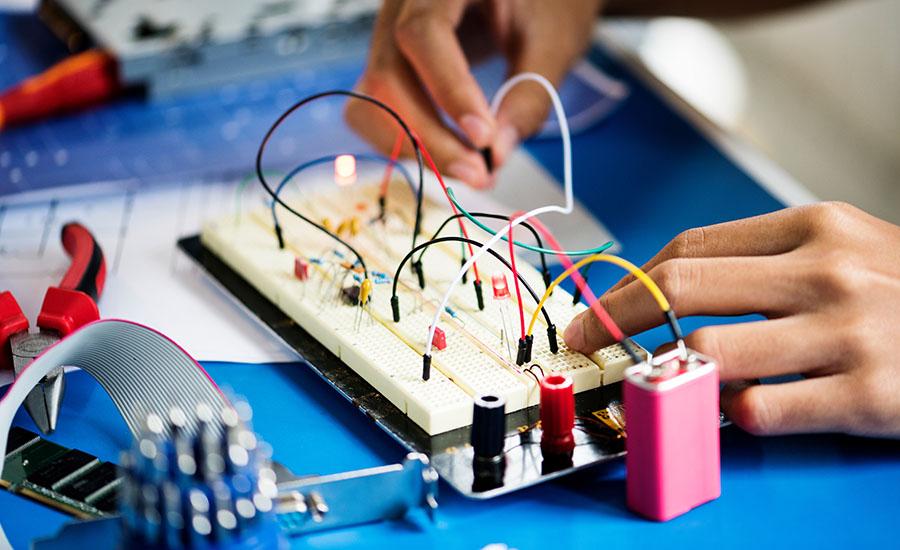
3D Printed Nameplates
In this lesson, students work with an assigned customer to create a 3D-printed nameplate. Working through the steps of the engineering design process, students use a 3D modeling software, Tinkercad, to design a nameplate and print a final product for their customer.
Lesson Plan Link/URL
https://docs.google.com/presentation/d/17ANJGMlBWiN35OQffKmqsj1tw8TaC5GX/edit?u…Subject Area
Technology 4. Innovative Designer 6. Creative Communicator Engineering S2: Apply the Engineering Design ProcessRelated Content

The "I've Got your Six! Programming Sensors for the Blind Community" is an empathy based project that teaches students to program electronic circuits. It is designed for the beginner in mind to walk

Students will use solar panels to transfer solar energy to a fountain. Students will be able to explore and demonstrate the functioning of a solar energy fountain.

Introduction to Robotic programming using the Wonder Cue robot with the blaster. Using Block coding or Javascript, teach the students to create a series of instructions that move the robot through a